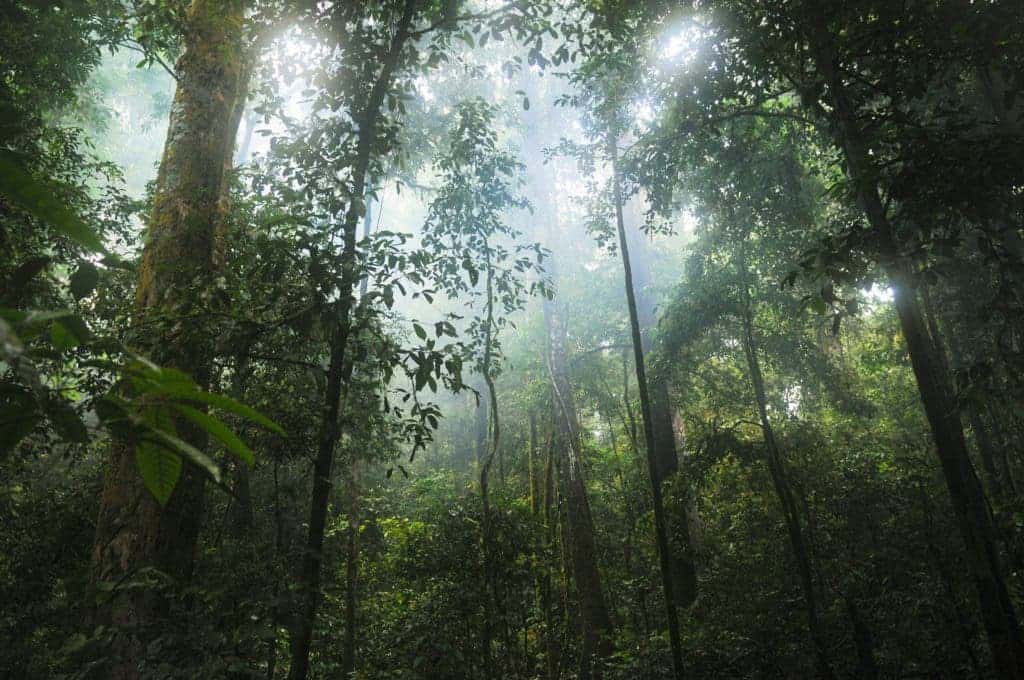Climate change, extreme weather, and human pressure are causing ecosystems across the tropics to collapse, a new study reports.

The authors analyzed over 100 locations where tropical forests and coral reefs have been affected by hurricanes, floods, heatwaves, droughts, fires, and other types of extreme climate. The findings expand our understanding of the health of these ecosystems, especially in the wider context of climate change and damage caused by human activity.
The findings weren’t encouraging. The team echoes previous research and warns that only decreasing CO2 emissions can help reverse the damaging trend of climate change on ecosystems.
Compounding issues
“Tropical forests and coral reefs are very important for global biodiversity, so it is extremely worrying that they are increasingly affected by both climate disturbances and human activities,” says lead researcher Dr. Filipe França from the Embrapa Amazônia Oriental in Brazil and Lancaster University. “Many local threats to tropical forests and coral reefs, such as deforestation, overfishing, and pollution, reduce the diversity and functioning of these ecosystems. This in turn can make them less able to withstand or recover from extreme weather.”
“Our research highlights the extent of the damage which is being done to ecosystems and wildlife in the tropics by these interacting threats.”
Climate change is causing an increase in the frequency and strength of storms and marine heatwaves, which are very damaging to coral reefs; they both reduce the cover of live coral (i.e. they shrink reefs) and cause long-lasting changes in coral and fish communities, which reduce their ability to reduce further impacts.
On land, tropical forests are also threatened by more frequent and extreme hurricanes, the team explains. Such storms cause the destruction of plants which in turn affects the whole of the ecosystem, as animals, birds, and insects directly rely on the plants for food and shelter. The team explains that in some regions, such as the Caribbean, extreme weather events have decimated wildlife by more than half.
Finally, the interplay between higher average temperatures and shifting precipitation patterns has led to a rise in large-scale wildfires in the tropics, the team explains.
“We are starting to see another wave of global extinctions of tropical birds as forest fragmentation reduces populations to critical levels,” explained Dr Alexander Lees, from Manchester Metropolitan University, co-author of the paper.
The team took the 2015 El Niño as an example. One of the areas that felt its impact the most was Santarém, a city in the Brazilian state of Pará, which experienced “a severe drought and extensive forest fires” that affected local wildlife, the team explains. The drought associated with El Niño impaired the forests’ ability to recover from these fires by affecting dung beetles. The species plays a key role in spreading seeds in the forest, and the dry conditions during the 2015-2016 El Niño caused their activity levels to plummet. Coral reefs were also critically damaged by the same El Niño, explains Professor Nick Graham from Lancaster University.
“The 2015-16 coral bleaching event was the worst ever recorded, with many locations globally losing vast tracts of valuable corals,” he explained.
“Worryingly, these global bleaching events are becoming more frequent due to the rise in ocean temperature from global warming.”
The team underlines that we need new conservation strategies to help ecosystems — especially rainforests and coral reefs — handle multiple, concurrent threats and that we need them fast. However, they also explain that local action may simply not be enough if we don’t tackle global climate change.
The paper “Climatic and local stressor interactions threaten tropical forests and coral reefs” has been published in the journal Philosophical Transactions of the Royal Society B: Biological Sciences.






